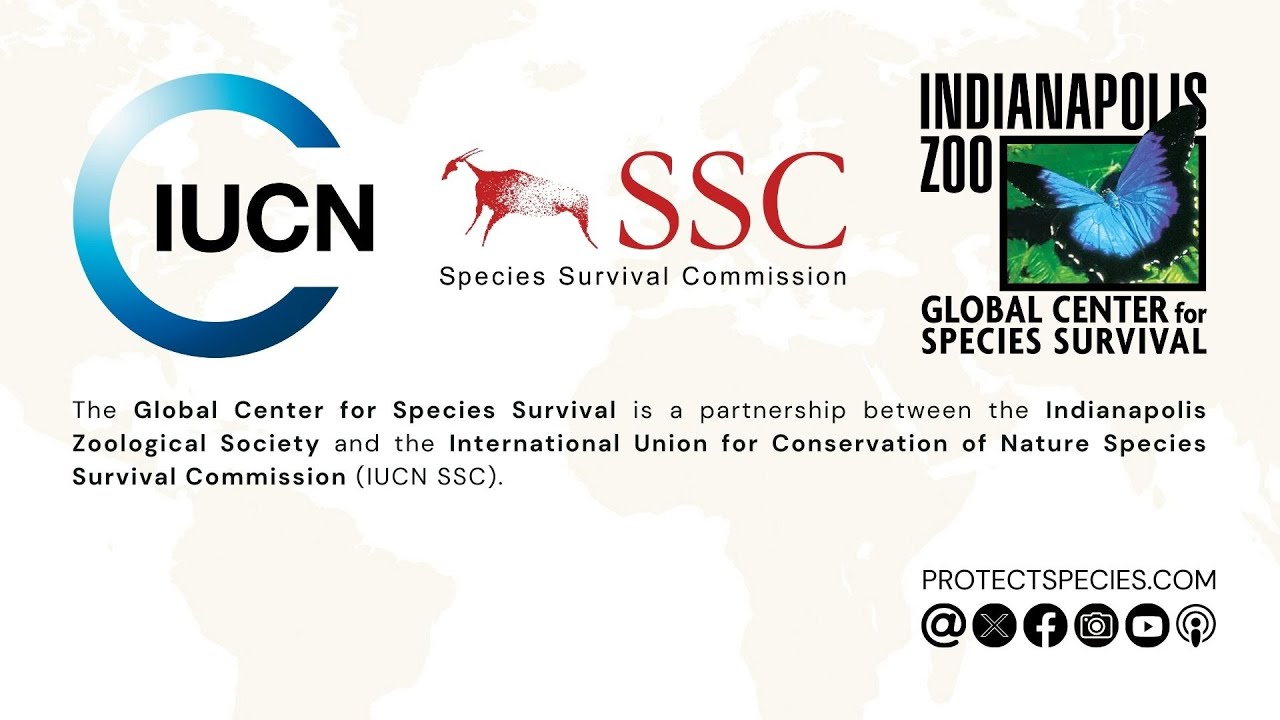- Understanding the IUCN Green Status of Species and its significance in Conservation
- Analyzing the conservation successes and challenges presented in Webinar 1
- The role of zoos and wildlife parks in achieving the IUCN Green Status for species
- The importance of collaborative efforts in wildlife conservation
- Key methodologies and criteria used by the IUCN Green Status to assess species recovery and conservation impact
Conservation endeavors worldwide have seen a significant shift with the introduction of the IUCN Green Status of Species. This innovative approach provides a comprehensive framework for evaluating the conservation status of species, going beyond the traditional threat measures to include recovery actions and their effectiveness. The first webinar dedicated to this topic offered insights into the methodology and significance of this status, highlighting case studies of species on the path to recovery. This article aims to dissect the key points discussed in the Webinar 1 video description, offering readers a detailed understanding of the IUCN Green Status of Species.
The IUCN Green Status of Species marks a pivotal turn in conservation strategies, emphasizing the risks faced by species and the positive impact of conservation efforts. Unlike previous evaluations that focused primarily on the risk of extinction, the Green Status considers the recovery progress and the contribution of conservation actions towards a species’ long-term viability. This method acknowledges the dedication and success in the field of conservation, offering a more nuanced view of the efforts to save species from the brink of extinction.
Webinar 1 provided a deep dive into the conservation achievements and challenges encountered by the teams working to enhance various species’ Green Status. Detailed case studies showcased the factors contributing to successful recovery efforts, including habitat restoration, anti-poaching measures, and captive breeding programs. However, the webinar did not avoid addressing the hurdles in conservation, such as human-wildlife conflict, climate change, and invasive species. These examples served as a learning platform for conservationists aiming to replicate success across different contexts and species.
Zoos and wildlife parks emerge as pillars in the quest to elevate the IUCN Green Status of Species. Their role extends beyond public education and entertainment; these institutions are vital for breeding programs, research, and reintroduction initiatives. Webinar 1 underscored how zoos contribute to conservation strategies by providing refuge for endangered species and facilitating genetic studies that can help bolster wild populations. Moreover, zoological institutions often spearhead or support field conservation projects, leveraging their resources and expertise to significantly impact species recovery.
Collaboration stands out as a cornerstone of successful wildlife conservation. The journey to achieve a positive IUCN Green Status for species requires the united efforts of governments, NGOs, local communities, and the scientific community. Webinar 1 highlighted numerous instances where multi-stakeholder partnerships have paved the way for conservation milestones. This collective approach ensures a diverse pool of knowledge, skills, and resources, proving instrumental in overcoming conservation challenges. The webinar emphasized that complex conservation problems necessitate multifaceted solutions driven by cooperation across sectors and disciplines.
The criteria and methodologies utilized by the IUCN to assign the Green Status to species involve a rigorous assessment of recovery trends and conservation outcomes. These parameters include evaluating a species’ population growth or stability, the extent of its habitat, and the efficacy of conservation measures in place. By applying these criteria, conservationists can identify target areas for improvement, measure the impact of their interventions, and strategize future actions with a clearer direction. Webinar 1 shed light on this process, offering viewers a glimpse into the scientific and strategic planning that underlies the Green Status evaluations.
The message is clear throughout the discourse on the IUCN Green Status of Species presented in Webinar 1: achieving meaningful conservation outcomes requires dedication, innovation, and collaboration. This framework serves as a beacon of hope and a guide for concerted efforts towards species recovery, providing a pathway to not just halt species decline but also restore their place in the natural world. As conservationists and the wider public learn from these insights, the collective ambition for a more biodiverse and sustainable planet becomes increasingly attainable.
*****
Source Description
Learn about the IUCN Green Status of Species via a three-part webinar series. This is the first video in the series, recorded on 20 May, 2024.


